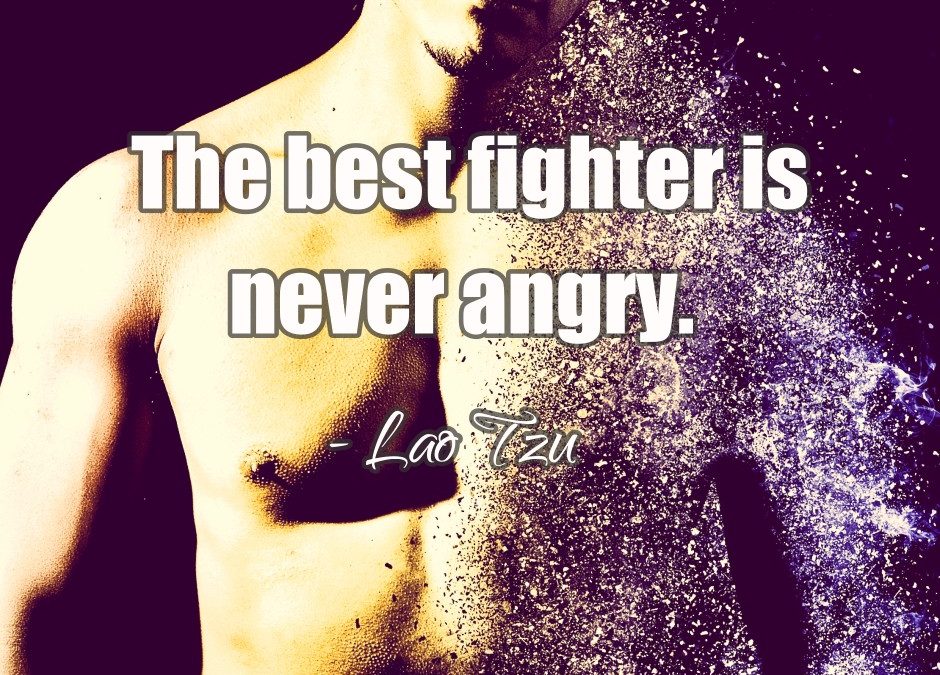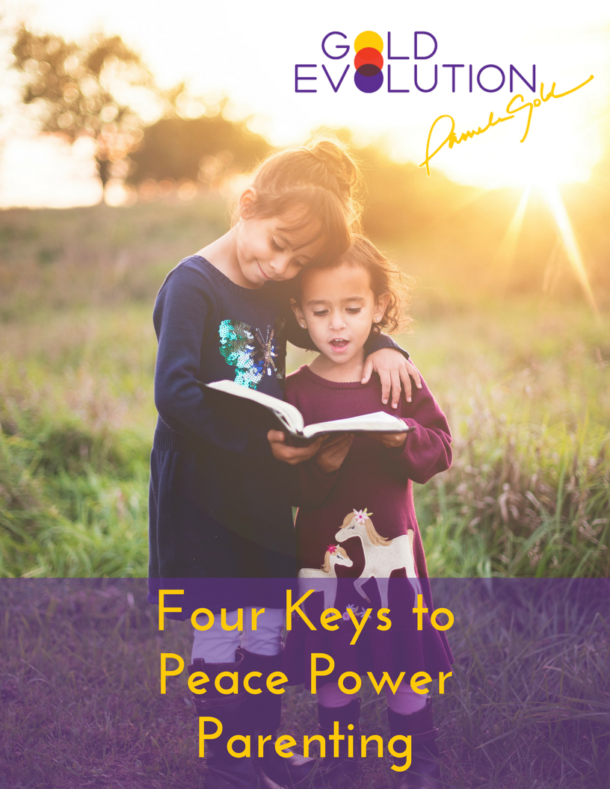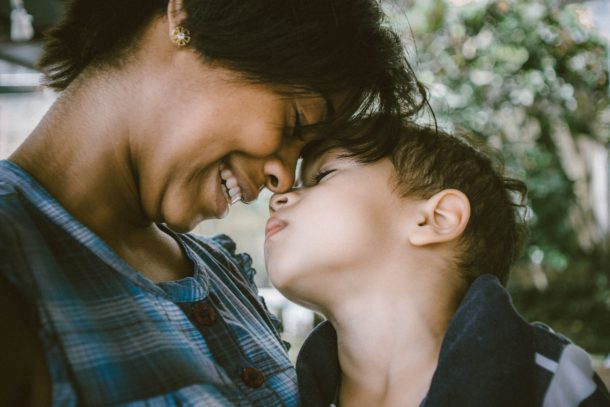Where I grew up there was no shortage of anger. No blame, no shame, it was what it was. I know I wasn’t the easiest child, and it gave me a lot of opportunity (and inspiration) to learn about anger, both my own and others’.
Anger was scary because it was unpredictable and often accompanied by pain (harsh words if not a harsh hand), and I had to figure out how to deal with that. Not everyone is raised consciously fearing anger, because I am told that for some families it ends up with a loving resolution immediately after, and it seems to be a healthy part of conflict resolution. It may be the case that people have learned how to quickly repair any damage done in an angry confrontation, or to mitigate the damage done during an angry confrontation, but this post is all about how there is a much cleaner, healthier way to get where you are trying to go, if you can deal constructively with your anger. It will make you a much more effective fighter, for one. It will help you reach your goals, whatever they are… It will also, of course, help you avoid a fight whenever possible.
First of all, it’s super important to know that anger isn’t bad. It is a basic human emotion and an integral part of our survival system: the basic threat/ “fight or flight” system. Getting comfortable with anger is really important if we want to learn how to best handle it. And generally it isn’t a comfortable feeling — it brings a lot of energy with it and that is one reason why it feels so good to act out of anger. It is very hard to “stay” in a place of anger — from a physical perspective, anger invokes a flood of changes — heart rate increases, testosterone increases, cortisol (stress hormone) decreases — we are being spurred to ACT. And it feels better to be angry than to be in a lower state such as fear, grief, apathy, guilt or shame.
So anger is normal and healthy and we need to get comfortable with it, and we need to recognize that anger is compelling us to ACT.
This is completely appropriate when there is a physical threat to fight off, but what about when there isn’t a physical threat? What is the action we are to take to make things better, not worse?
For example, someone we care about was late (or worse, didn’t even show!) to a dinner that we spent a lot of time, effort and money cooking. There’s no physical threat, but it seems completely appropriate to be ANGRY.
Taking the time to figure out WHY we are angry, in the absence of a imminent physical threat, is key to all of this. We want to use the anger as a CLUE, and go deeper, as opposed to it being a CUE to immediate act.
So, why do we get angry? Studies show that yes, it is in response to a threat or perceived threat, but it is also in response to frustration (I’m sure anecdotally we can all agree!). So let’s break it down: actual threat vs. perceived threat, physical threat vs. non-physical threat — and then we have frustration. Frustration is when we are invested in a reward loop — we do a certain behavior and we get a certain reward — and that reward doesn’t happen.
In the dinner example, we cook a dinner for someone, we expect the reward of them appreciating it. That FEELS really good.
It is very frustrating to not feel appreciated. That leads to anger for most of us. There are a gazillion other examples of this — we expect something to happen, and it is doesn’t, and we get angry. It is understandable, but that doesn’t make it appropriate or helpful in any way. It is quite the opposite. So what to do?
Separating out anger as an emotion, something we experience, from reactive aggression, aka “acting out of anger” is the first step. There are always two parts to anger, how we feel and then how we act — our feelings are never “right or wrong”, they are what they are, but our actions can be very destructive as opposed to constructive (aka “right or wrong”). First, we need to let ourselves feel whatever we feel — fully feel it and move through it knowing that we will be ok — feelings have never hurt us, it is how our brain perceives them that convinces us otherwise. Move through the anger, pain, fear, whatever it is — and try to love it as you do. I know, doesn’t sound easy, but that is the goal.
It is our frontal cortex that regulates our threat system, how we handle our fear and anger, and controls what we DO about how we feel. If we do not have “strong wiring” in our frontal cortex, we will struggle in this area — but the cool thing is, as with everything else, practice makes progress.
Try this:
Name and THINK
1. Name how you are feeling and accept it, what ever it is.
2. Think about the situation from another perspective
3. Have empathy for other’s involved in the situation
4. Interpretations: come up with a few possible different interpretations of what is happening
5. Notice how others involved in the situation have behaved positively in the past
6. Kindness: choose to act kind, not cruel. Definitely act. Don’t be passive aggressive.
These steps take us out of reactive aggression, which is defined as poorly thought out (since you are in your lower brain) and initiated without any consideration of our goal.
In the dinner example, our goal is a healthy, appreciative relationship with another person. It is ultimately out of our control whether that will be possible since it involves another person and their health/availability/skillfulness, but if we act with that goal in mind, going through the NAME and THINK skill above (derived from dialectic behavioral therapy), we have the best chance of getting there. If we act out of reactive aggression, OR if we are passive aggressive, it will undermine our long term goal of a healthy relationship. Yes, your feelings were hurt because they were late, but before you judge it worthy of not trusting them (in which case you want more space in the relationship or you need them to repair the trust), going through the NAME and THINK skill will help you untangle your feelings from the reality of the situation. Maybe their phone died and they had a flat tire. Give them the chance to explain.
So how about when we do need to fight? To me, “fighting” means standing up for something that you need to stand up for, in the face of forces that are threatening that. We need to be ready to fight, and to be clear and skillful on when and how to do it. Anger, while an important signal, clouds this clarity and power and will always work against us.
So whether there is a real imminent physical threat which requires physical fighting, or if there is a real non-physical threat (such as a group threatening the rights of a minority group) if we go through the same NAME and THINK exercise, it will make us much more effective, strategically and tactically, in our fight. We will be in our higher brain, able to stay clear on long term goals — unlike people who are in reactive aggression mode making sloppy, poorly thought out moves.
Clarity and skillfulness always equals more power.




